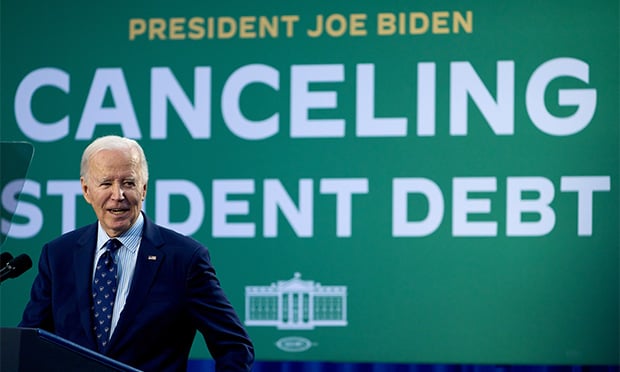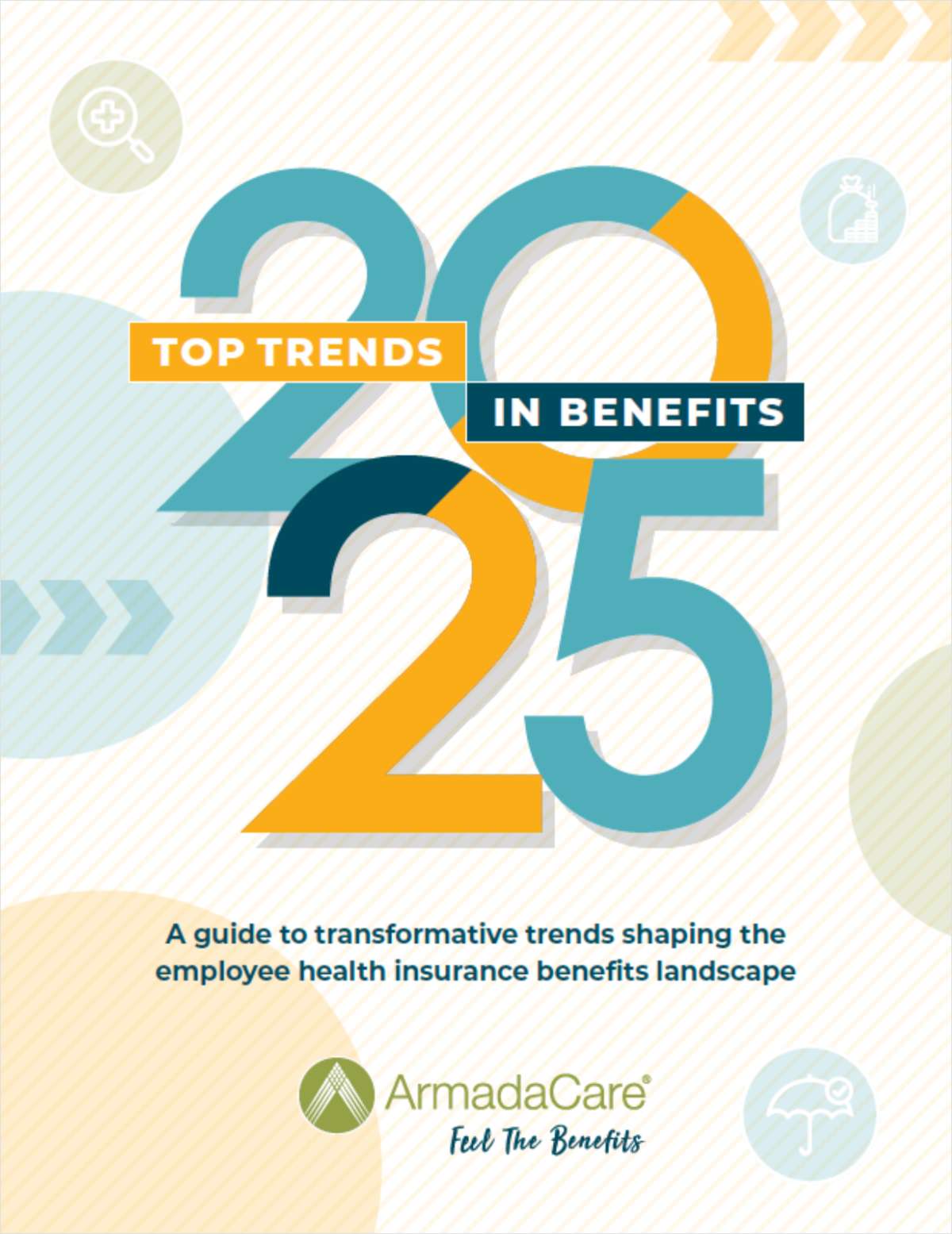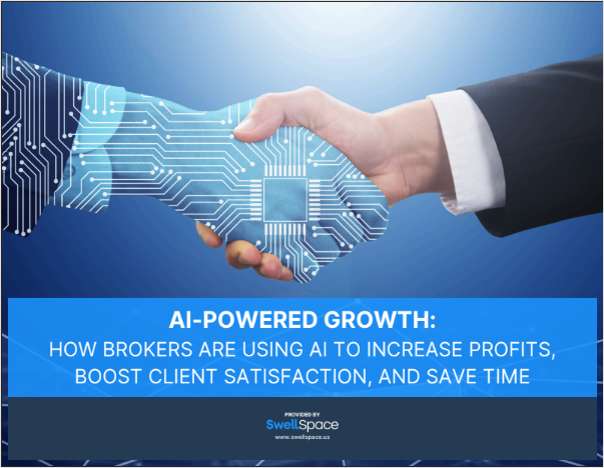As many of you know, I was one of the earliest proponents of applying behavioral finance to the universe of investing and the galaxy of retirement plans in particular. As early as the mid-1990's, when it was still considered the black sheep of various economics and finance departments, I lauded it. The common sense reality of behavioral economics led us out of the incomprehensible maze that had become Modern Portfolio Theory ("MPT"). The purveyors of MPT had allowed the Theory to be placed on an altar of infallibility. When investors failed to live up to MPT, it was the investors' fault, not MPT's fault.
Behavioral finance changed that. It suggested any investment theory must account for and accommodate the (sometimes flawed) reality of human (i.e., irrational) decision making. In effect, it allowed us to embrace the perverse notion that people make irrational decisions in a perfectly consistent and often predictable fashion. It may sound silly, but it works. It explains why people who pay a dollar to commit to attending a "free" luncheon are more likely to attend that luncheon than some who merely signed up and paid nothing. (It also explains why people who literally "sign" up are more likely to attend than people who just say they're going to attend.)
Despite all the accolades, as I have written before, behavioral finance has a dark side, ("The Dark Side of Behavioral Finance," BenefitsPro, November 2, 2011). This "dark side," though, refers to using the tools identified by the theory for evil. In this sense, the theory itself is agnostic. Its power can be used for good or for evil. The theory remains the same, amoral and non-judgmental.
Complete your profile to continue reading and get FREE access to BenefitsPRO, part of your ALM digital membership.
Your access to unlimited BenefitsPRO content isn’t changing.
Once you are an ALM digital member, you’ll receive:
- Breaking benefits news and analysis, on-site and via our newsletters and custom alerts
- Educational webcasts, white papers, and ebooks from industry thought leaders
- Critical converage of the property casualty insurance and financial advisory markets on our other ALM sites, PropertyCasualty360 and ThinkAdvisor
Already have an account? Sign In Now
© 2025 ALM Global, LLC, All Rights Reserved. Request academic re-use from www.copyright.com. All other uses, submit a request to [email protected]. For more information visit Asset & Logo Licensing.








